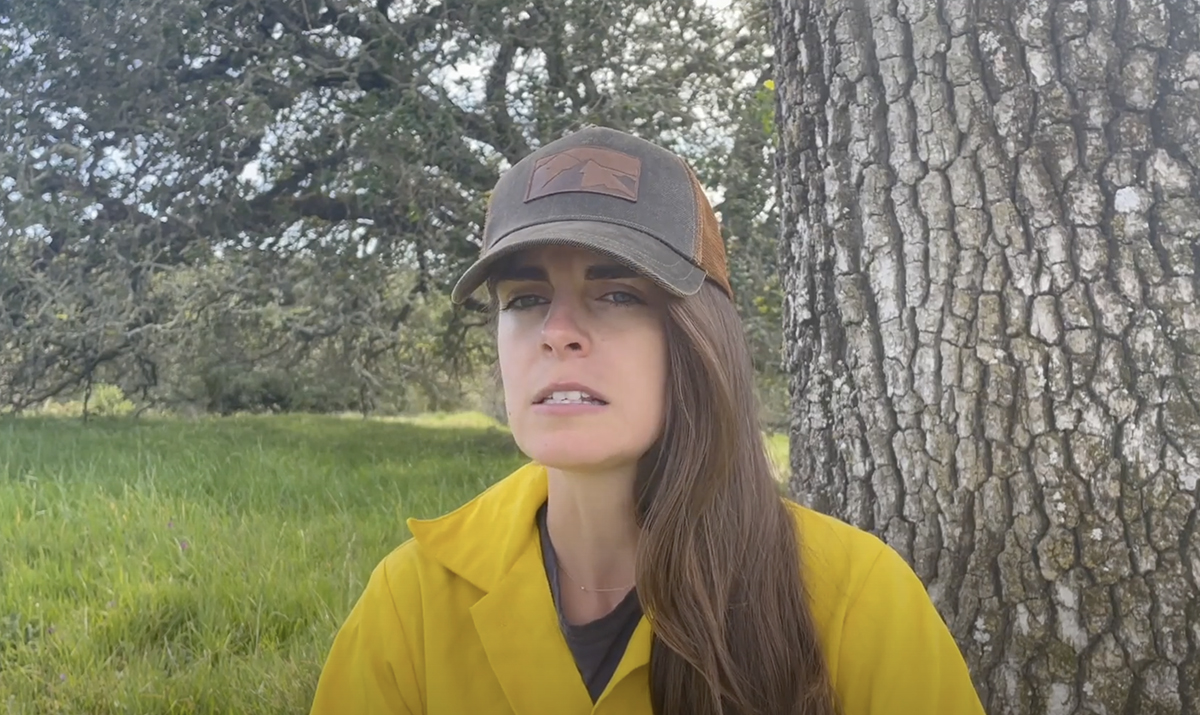High Risk Landscapes To Receive $80.7M in U.S. Forest Service Funding
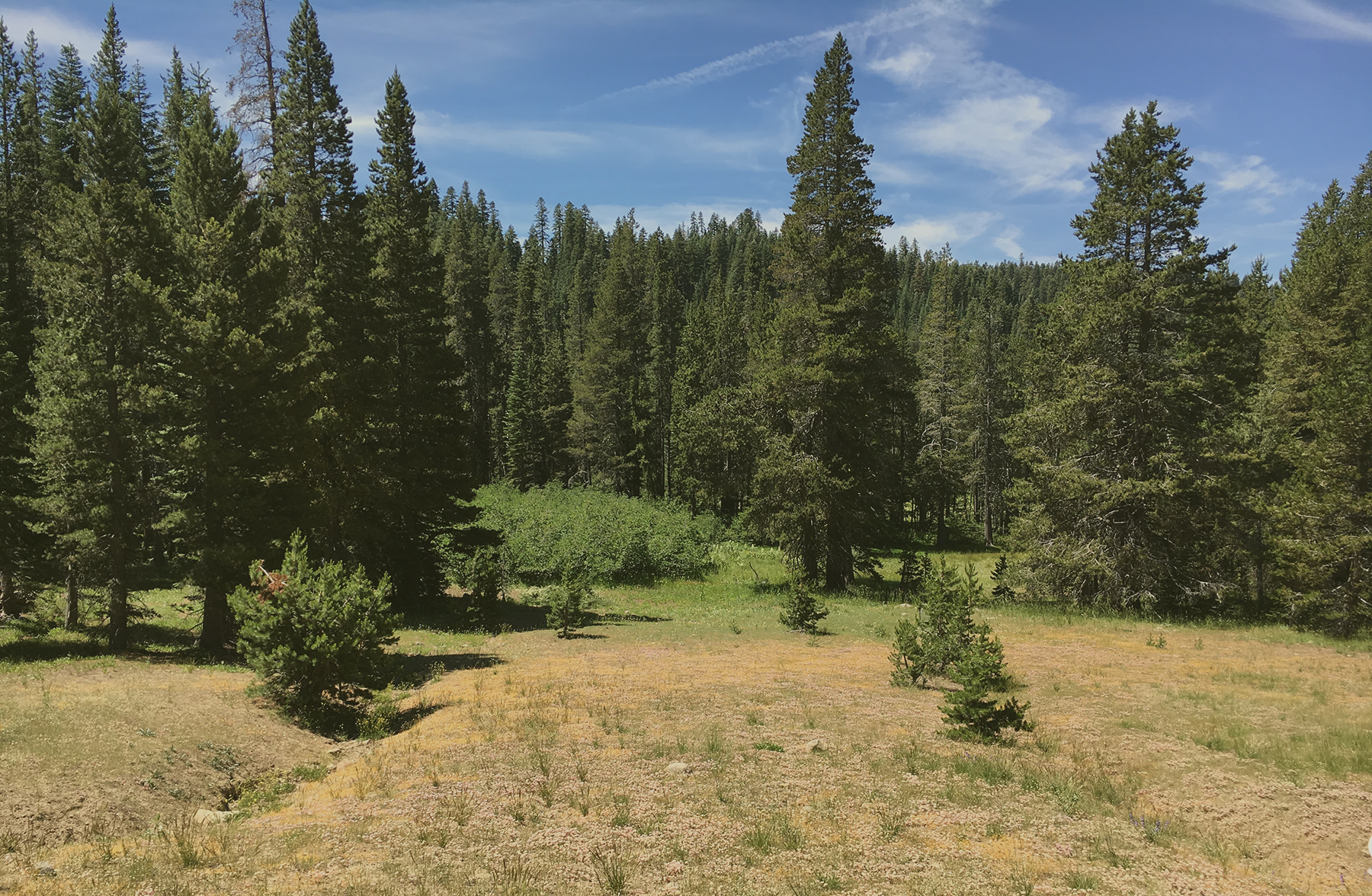
Two High Wildfire Risk Landscapes To Receive $80.7M in U.S. Forest Service Funding
Targeted investments for first high-risk areas identified in Tahoe and Stanislaus National Forests.
April 20, 2022 – As part of the Forest Service’s strategy for Confronting the Wildfire Crisis, two landscapes within the Stanislaus and Tahoe national forests will receive targeted investments to increase forest resiliency and health through a broad range of treatments. These two forests will collectively receive $28.6 million in 2022 and an additional $52.1 million over the next three years, for a total of $80.7 million. This funding is being appropriated through the Bipartisan Infrastructure Law.
The North Yuba Landscape Resilience area on the Tahoe National Forest and the SERAL (Social and Ecological Resilience Across the Landscape) area on the Stanislaus National Forest are two of 10 landscapes selected nationally to receive this funding. Overall, the 10 landscapes will receive $131 million this year to begin implementing our 10-year strategy for protecting communities and improving resilience in America’s forests.
In addition to state and federal agencies, these two landscape-scale restoration efforts are supported by partnerships with Yosemite Stanislaus Solutions, Tuolumne County, the Tuolumne Band of Me-Wuk, the North Yuba Forest Partnership – which includes Sierra County and the Nisenan of the Nevada City Rancheria – and several others. To find out more about the initial landscape investments, visit WCS Initial Landscape Investments- USDA Forest Service.
Tahoe National Forest:
The 313,000-acre North Yuba Landscape is one of the largest contiguous “unburned” landscapes remaining in the Sierra Nevada Mountains. The North Yuba watershed is also an important water source for residential and agricultural areas surrounding Sacramento. It feeds a reservoir retained by the tallest dam in California, which also provides power to the Sacramento area. Through ecologically based thinning and prescribed fire, the North Yuba Forest Partnership seeks to protect North Yuba communities from the threat of catastrophic wildfire and restore the watershed to a healthier, more resilient state. This landscape is also host to the first two Forest Resilience Bonds, which leverage substantial private sector investment to help fund implementation of this work.
Stanislaus National Forest SERAL:
Within the Stanislaus Landscape a full suite of needed treatments to restore forest resilience at a landscape scale. Named SERAL for Social and Ecological Resilience Across the Landscape, these treatments include mastication, biomass removal, machine piling for burning, hand piling for burning, hand thinning, timber harvest, hazard tree removal, prescribed fire, and fuel break construction and maintenance. Combined, these efforts will reduce hazardous fuels and create a landscape that can better withstand disturbances such as wildfire, insects, disease, and drought conditions, while also protecting local communities, providing for critical species habitat, and supporting forest use and recreational opportunities.
RESOURCES
Community Wildfire Preparedness and Mitigation Division

Community Wildfire Preparedness and Mitigation Division
The Office of the State Fire Marshal’s Community Wildfire Preparedness and Mitigation Division works with federal, state, and local agencies, Native American tribes, non-profit entities, and other stakeholders to prepare California communities against the devastating effects of wildfire. The various programs within the division allow CAL FIRE to continue to build local and regional capacity, as well as developing, prioritizing, and implementing strategies and projects that create wildfire prepared communities. The tasks involve working with stakeholders on wildfire planning to reduce or eliminate fire hazards and risks, modifying the environment by removing or reducing receptive fuels, conducting fire hazard compliance inspections, and providing education and grant opportunities for wildfire prevention efforts.
RESOURCES
California Incident Data and Statistics Program (CalStats)
CAL FIRE’S Land Use Planning Program
CA Celebrates Launch of Tribal Conservation Corps Program
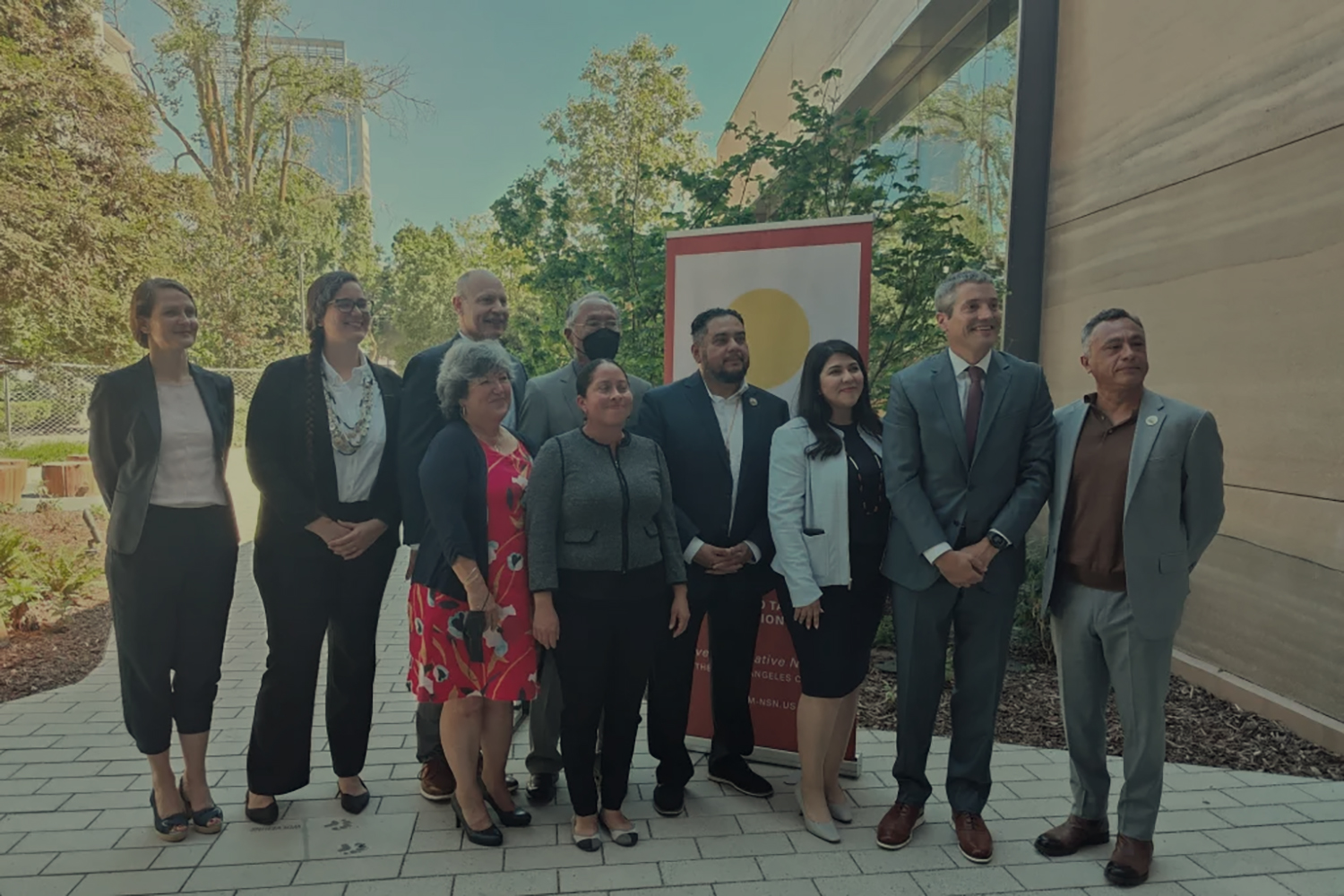
CA Celebrates Launch of Tribal Conservation Corps Program
Governor Newsom’s proposed 2022-’23 state budget includes $7.2 million in funding for the California Conservation Corps to establish more tribal conservation corps like the one being launched today.
RESOURCES
Recent CAL FIRE Grants Total Over $250M For Wildfire and Forest Resilience
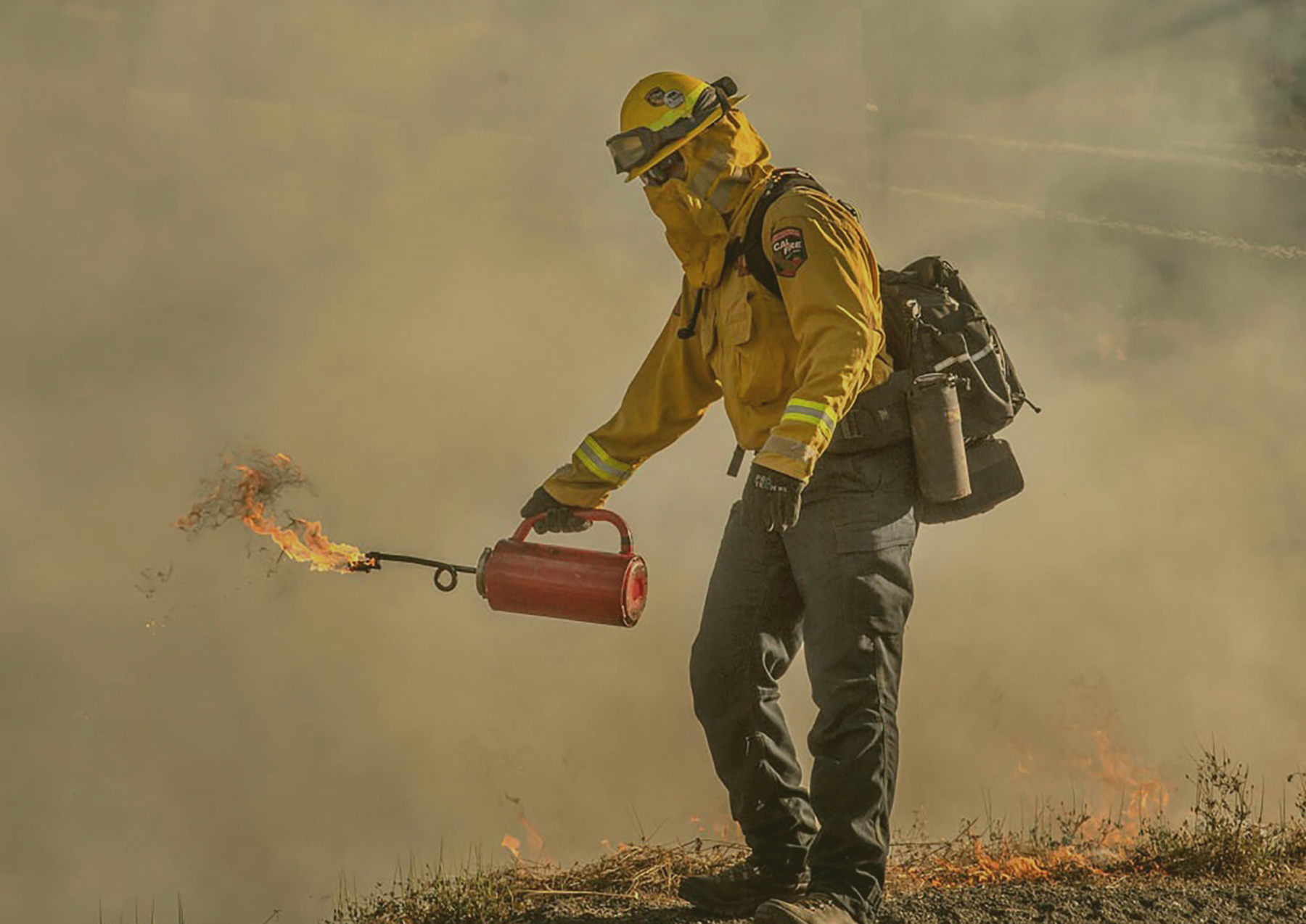
Recent CAL FIRE Grants Total Over $250M For Wildfire and Forest Resilience
Funded projects address threatened communities, forest health, prescribed fire, restoring burned landscapes and more.
June 2, 2022 – CAL FIRE Grant Programs have allocated funds to address crucial needs in a wide range of areas related to wildfire and forest resilience. Together, they represent significant progress towards achieving the goals of California’s Wildfire & Forest Resilience Action Plan.
$118 million in funding was awarded for 144 Wildfire Prevention projects across the state. CAL FIRE’s Wildfire Prevention Grants enable local organizations like fire safe councils, to implement activities that address the hazards of wildfire and reduce wildfire risk to communities. Funded activities include hazardous fuel reduction, wildfire prevention planning, and wildfire prevention education.
CAL FIRE’s Forest Health Program awarded 22 grants totaling $98.4 million for landscape-scale forest health and prescribed fire projects spanning over 55,000 acres and 14 counties. They also awarded $10 million to the North Coast Resource Partnership (NCRP) for its regional wildfire resilience plan, which was developed with support from the Department of Conservation’s Regional Forest and Fire Capacity Program.
30 grants totaling $33 million came from CAL FIRE’s Wood Products and Bioenergy Team for business and workforce development projects. Ten workforce grants will help train over 5,000 individuals in prescribed fire, fuels treatment, firefighting, and forestry, and another14 grants will create 120 jobs and utilize 750,000 tons of forest biomass that would otherwise remain in the woods or be burned in open piles. Two projects will expand the State’s native tree seed bank and grow seedlings to assist with reforestation, and six research and development grants will fund novel uses for forest biomass sourced from wildfire mitigation projects.
CAL FIRE’s Wildfire Resilience Program awarded $9.99 million in block grants to the American Forest Foundation (AFF), Tahoe Truckee Community Foundation, and the California Association of Resource Conservation Districts (CARCD). The grants will support forest improvement projects on approximately 6,000 acres of small non-industrial private forestlands and provide technical assistance to private landowners in13 counties.
SNC Approves More Than $21 Million In Wildfire Recovery and Forest Resilience Grants
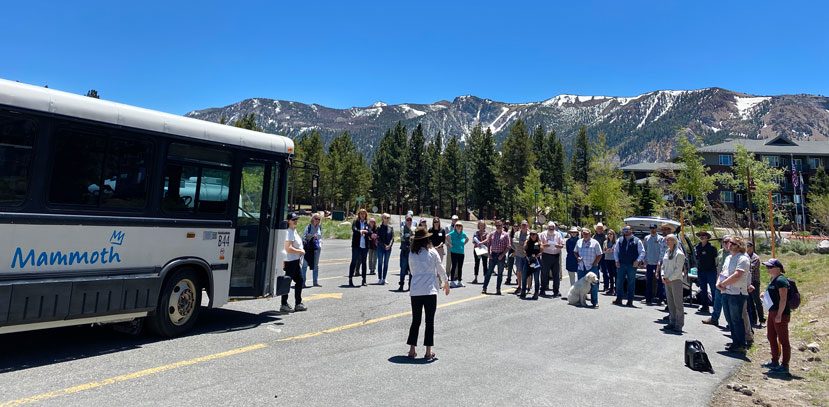
SNC Approves More Than $21 Million In Wildfire Recovery and Forest Resilience Grants
The Sierra Nevada Conservancy (SNC) granted $21.8 million to 19 forest resilience and wildfire recovery projects at its recent June board meeting. Thirteen of the projects will take place on Forest Service and Bureau of Land Management lands, where federal land management agencies committed an additional $4.8 million to the forest resilience and wildfire recovery efforts. It’s important to note that many of these grants also build on collaborative planning and implementation efforts by state, federal, and local organizations that have been ongoing for years throughout the region.
Find more highlights about individual projects in an article on the SNC’s website, and more detail in SNC board materials starting on page 69 of the linked pdf.
RESOURCES
Advancing Equitable Wildfire Workforce Development
Advancing Equitable Wildfire Workforce Development
April 14, 2022 – The Watershed Research and Training Center advances equity in the wildfire workforce through a pilot training with a local conservation corps, Conservation Corps of North Bay. Developing wildfire and climate resilience through support of a diverse workforce.

